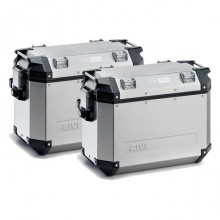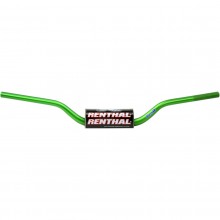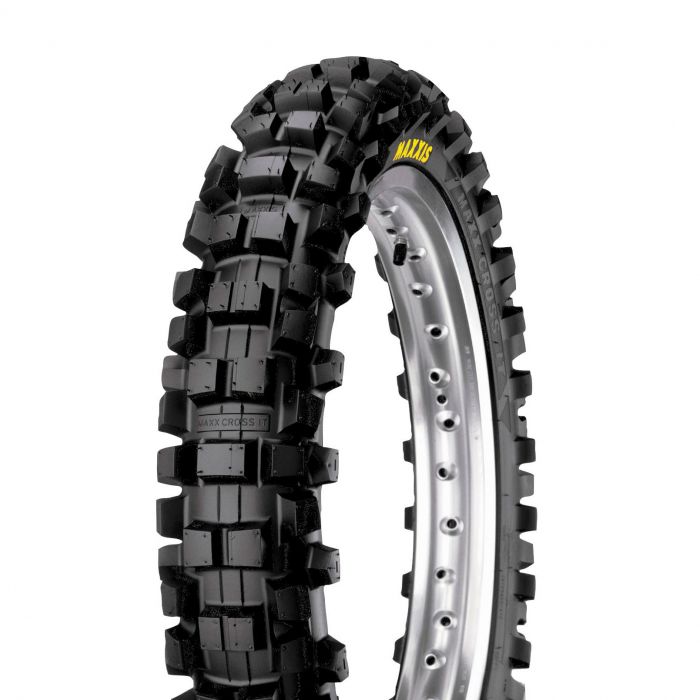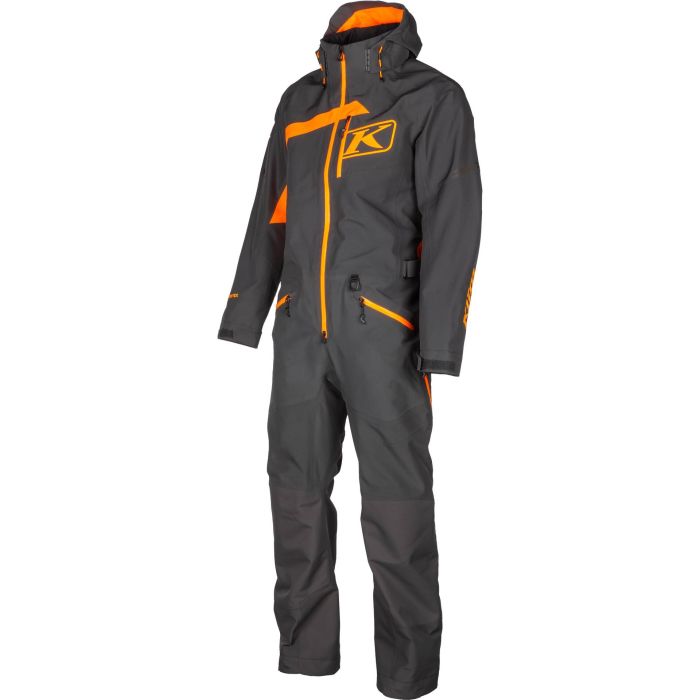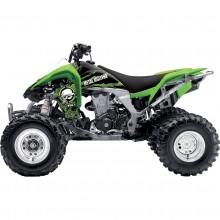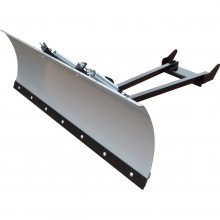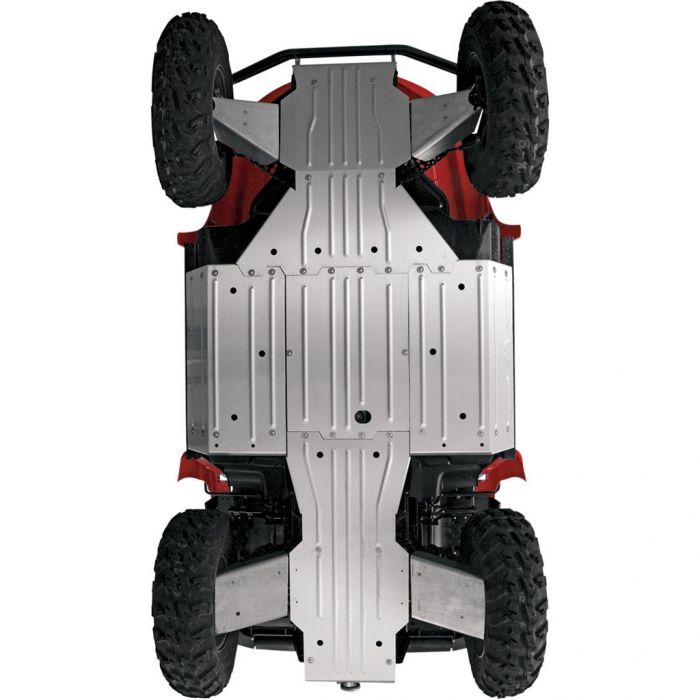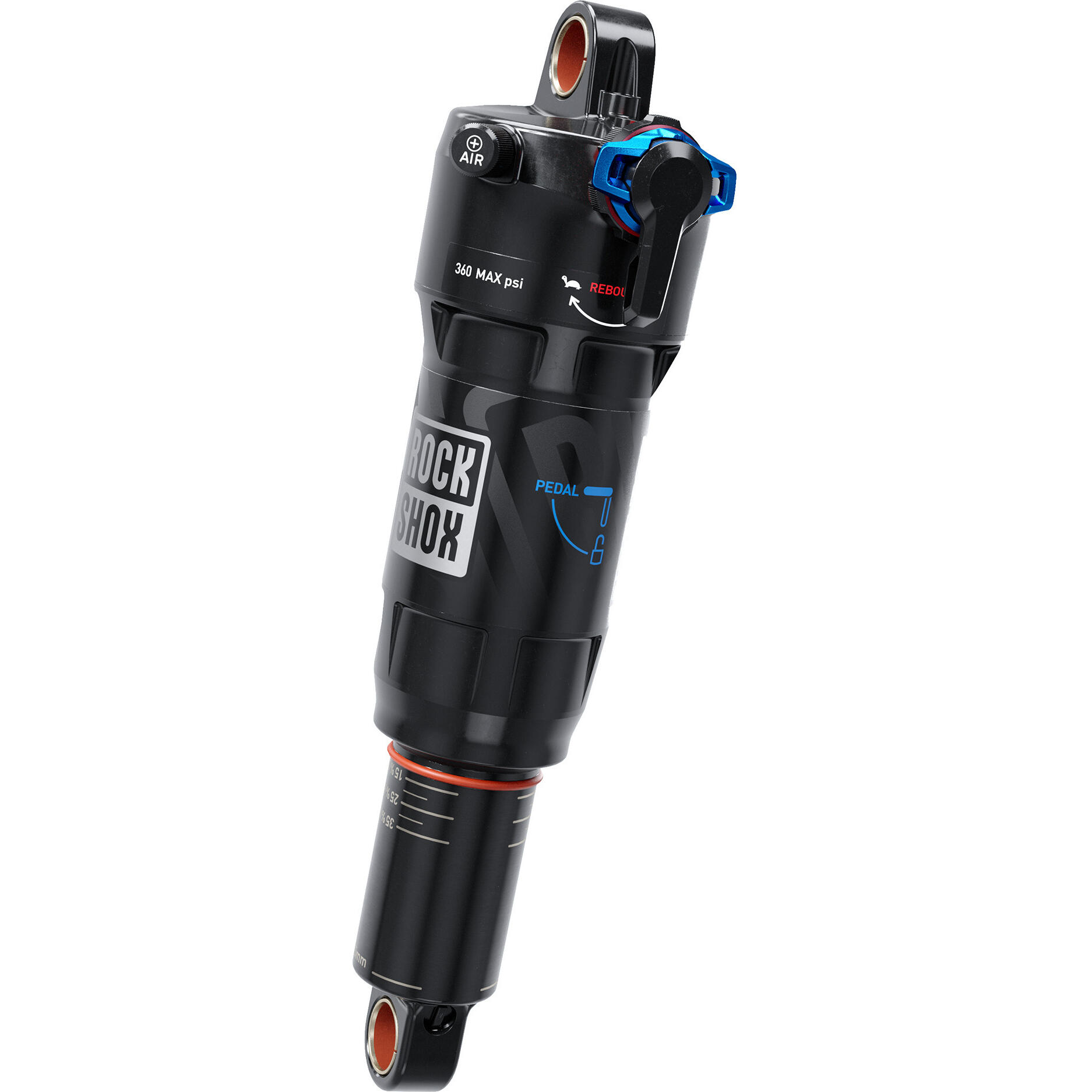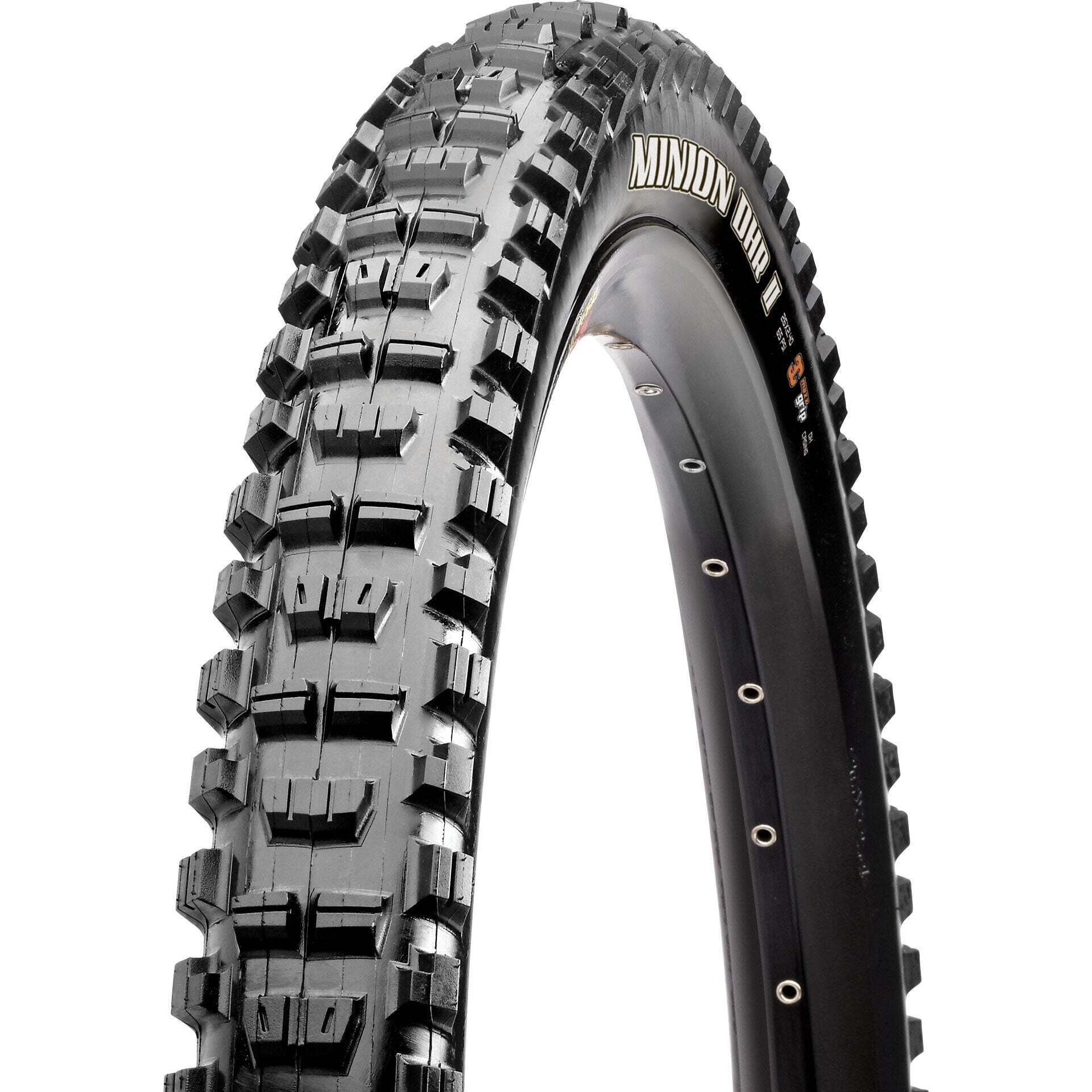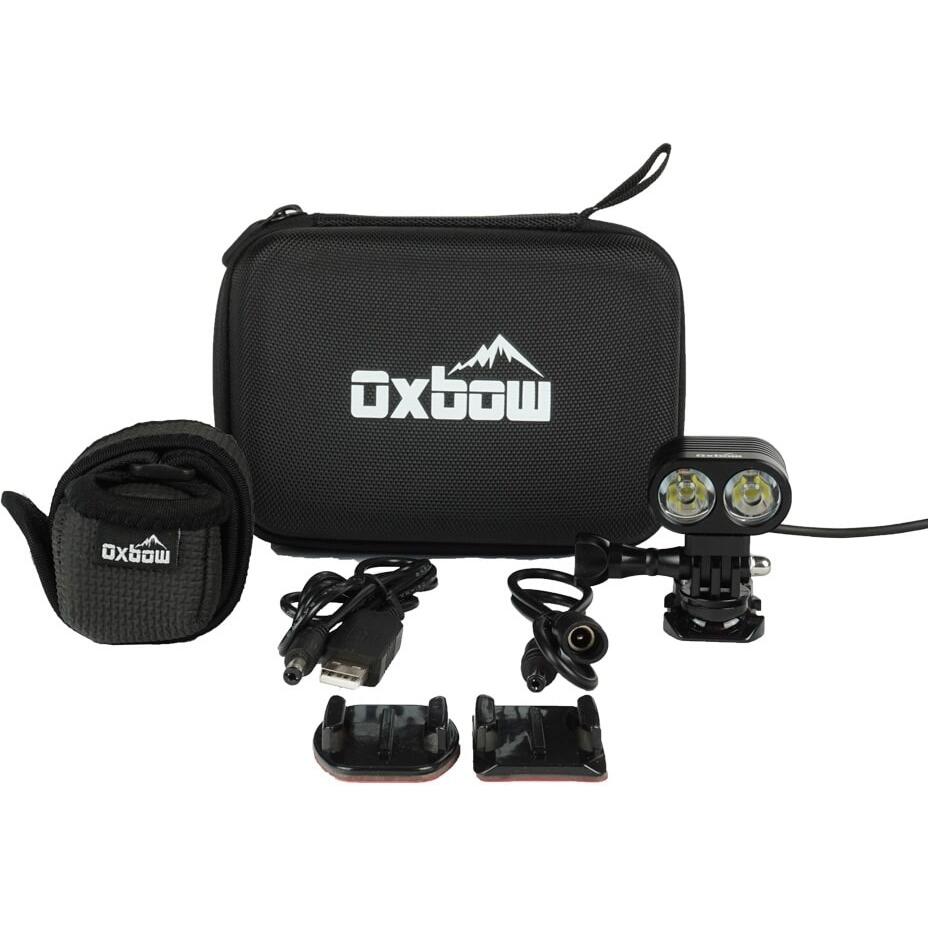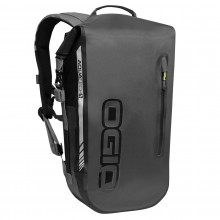
How to Pass the Motorcycle Licence Test
Getting your motorcycle licence in Canada is difficult. Unless you know what to expect and how to prepare, of course. That's where this guide comes in handy.
Shop Now
Mar 22, 2023 — Since you're here, you might be thinking it's finally time to tackle that dreaded motorcycle license test. Normally, the basic trajectory has 3 stages: a knowledge test, a skills test, and finally, a road test.
Depending on which province you live in, there may be a mandatory classroom component or multiple road tests. In some cases, the skills test is omitted entirely, so be sure to check your provincial or territorial website.
The Knowledge Test
Passing the knowledge test is both simple and difficult. It’s simple in that the licencing agency will give you a book with everything you need to know. It’s difficult in that memorizing a book is bloody hard.
We suggest that you read it cover to cover and then go through it again, making note of anything that isn't common sense. Next, quiz yourself on your notes until you have them memorized. Finally, take every online practice test known to man . Do all this, and you will be unstoppable, young grasshopper.
The Skills Test
This one is all about control. It's sometimes called a "closed course test" or a "balance test," and it goes something like this:
First, you and your motorcycle go to a parking lot, where you find an examining officer and a few million pylons. These are used to create something that looks like a tiny MotoGP course, only twice as curvy and fifty times narrower.
Then, you have to squeeze your bulky bike through the track — at a snail’s pace — without removing either foot from the foot peg.
To prepare for the skills test, first look at the government licencing website (we've got some resources down below). If this component is even required, they should have an exact breakdown online. This will tell you which miraculous feats of balance you’ll have to perform. Then, head to a parking lot with some sidewalk chalk to create a replica course. Ride it until you develop superhuman powers.
The Road Test
Alas, we have arrived at the final boss battle — the infamous road test. In truth, I found it to be the easiest of the 3. It involves driving around, normally for about 45 minutes, and encountering a variety of real-life situations. You’ll probably have to deal with downtown driving, highway cruising, one-way streets, parking, and a plethora of stop light variations. Your examiners will follow behind — from the comfort of their car — judging you.
To pass this section, there are a few things to remember. First, make sure to bring all the required documentation. Showing up for a driver’s test without your learner’s licence is straight-up embarrassing. You’ll also need government-issued photo ID, insurance papers.... money — why is it always more money?
Make sure the bike you're using has not been modified in any evident way. Here are the things to look out for:
Aftermarket exhaust systems are a no-no. And by that, I mean just wait until after the test before dishing out $1k plus installation fees. I've had friends who have had to reinstall their stock muffler, complete the test, go back to aftermarket, only to loose several bolts along the way — with a few dollars in the swear jar. And if you think you might get away with it, you won't when the examiner asks you to start the bike.
Avoid fender eliminators, bar-end mirrors, and turn signal mods. Basically, anything that tampers with your stock controls is best saved for later. Pro tip: if you don't want to "borify" your already-purchased decked out machine, there are options to rent a tame little bike for the test. The only downside is that usually, you've never ridden it before. Queue motorcyclist stalling montage.
Now that that's out of the way, you should know how to do your hand signals, identify components of your motorcycle and perform a safety check. There will be a lengthy section in your book on all of this. Also, make sure to wear the proper gear. If you've done everything up to here, you'll make it out of the parking lot without failing.
Once you’re onto the open roads, all you have to do is drive like a sensible person. This involves turning your indicators on and off for each turn, and keeping your foot on the rear brake while stopped. Look at your mirrors frequently, and shoulder check like there’s no tomorrow. At every intersection, you should also look left, center and right before proceeding. You’ll want to exaggerate these bits. Whipping your head from side to side may cause whiplash, but at least they’ll notice how conscientious you’re being.
Try to choose your lane position based on the potential risks ahead, rather than swerving around at random. And lastly, avoid rolling stops and (duh?) speeding.
It may seem like a lot, but don’t worry: the road test is scored on a demerit system. That means you get to screw up a few times without failing. Of course, there are some "automatic failure" violations to be wary of: mowing down pedestrians, pulling wheelies, coffee breaks, bank robberies... that kind of thing.
I'm going to end with 2 things that I hope you take to heart. Numero uno: you will pass. The test isn't designed to destroy sensible motorcyclists, so don’t stress. Numero dos: you may not pass on the first try. Even the best riders make mistakes, which can result in an unlucky failure. But be patient, because all safe riders will eventually make it through.
All we can do now is wish you the best of luck, and here's to seeing you out on the roads soon!
Motorcycle Licence Requirements in Canada
Tricks to Pass the Motorcycle Test - ft. Instructor and Examiner
With no compasses — moral or otherwise — we sent our (kinda sorta) friend Bryan Garrison deep inside enemy lines to learn the tricks of the trade and find new hacks on how to pass your motorcycle license test.

Related Articles

How to Ride a Motorcycle in the Rain
A little thunder and some droplets of water? Ain't nothin' to it for those who come prepared.
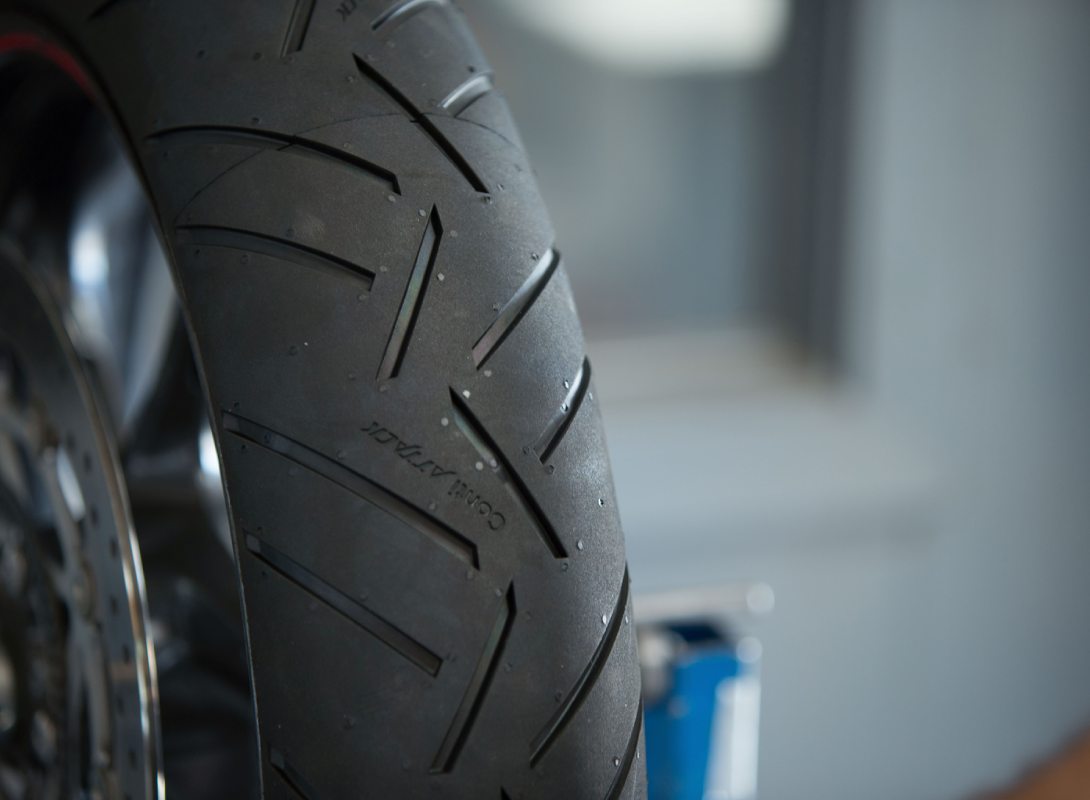
How to Break In Your New Motorcycle Tires
Here are 5 tips to make the break-in period safer, and more efficient.

Beginner's Guide to Motorcycle Gear
Gearing up safely doesn't have to bust the bank. Here are our top picks for beginner riders.








